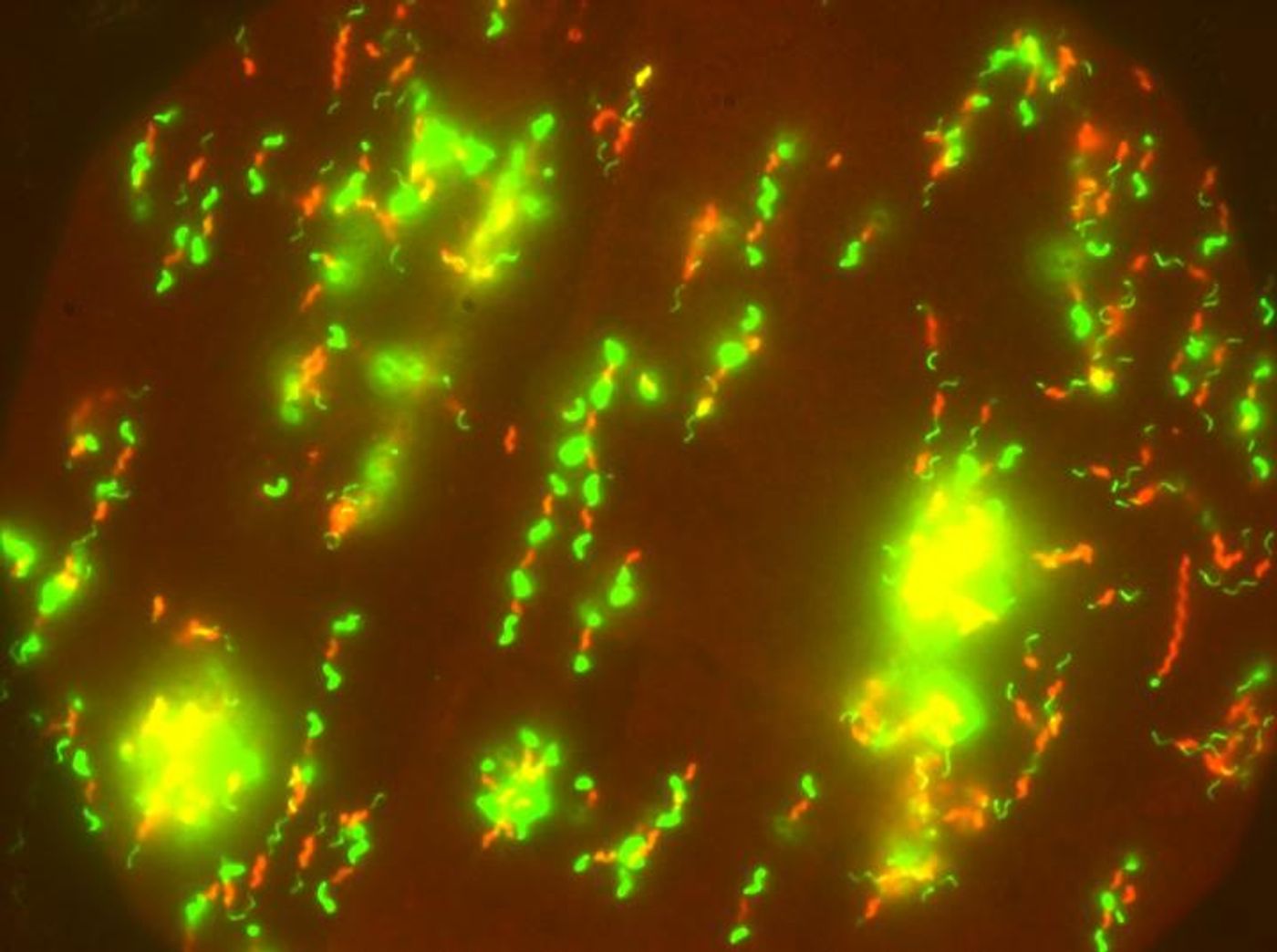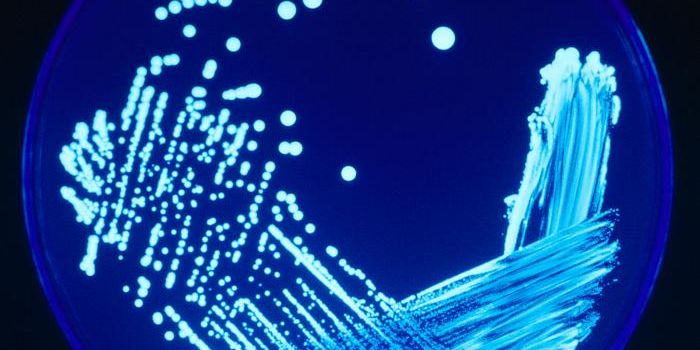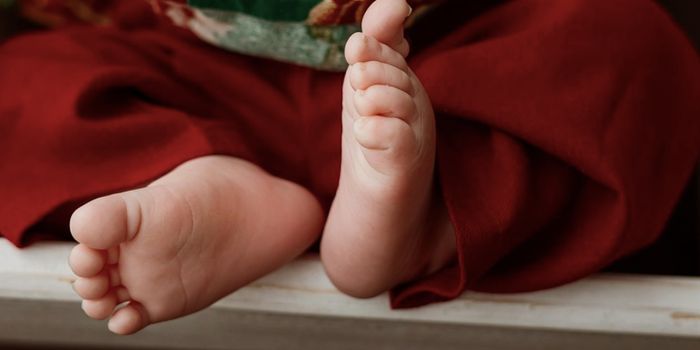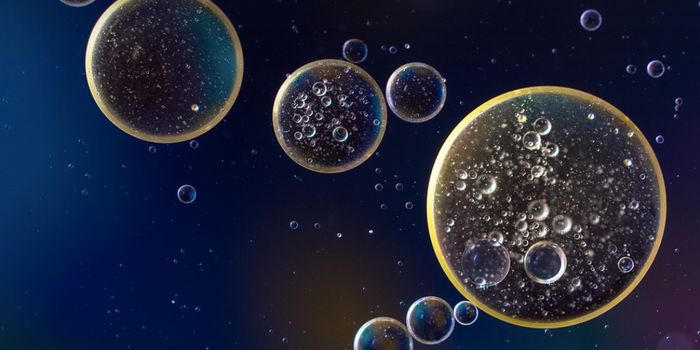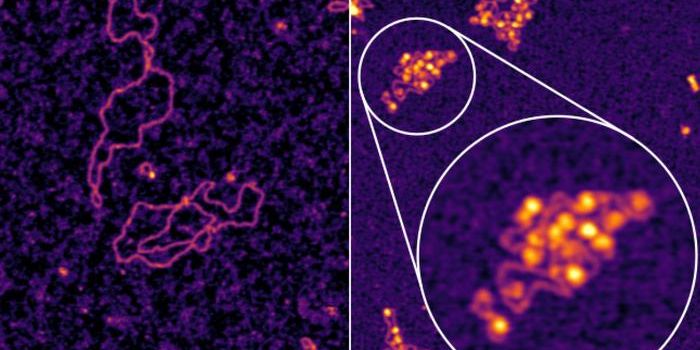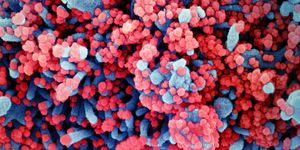A Gut Pathogen Moves With Help From Its Environment
Campylobacter jejuni is a foodborne bacterial pathogen that causes millions of cases of food poisoning each year. To do so, it has to migrate through the gastrointestinal system. C. jejuni can easily swim rapidly through sticky liquids like those that are found in the gut. The shape and structure of the microbes help them move more rapidly through these types of environments than they do through to thin liquids such as water. Understanding how they do it may enable researchers to stop them.
Reporting in PLOS Pathogens, scientists captured C. jejuni as it moved to learn more. They determined how the microbes use their two flagella, two filaments that protrude from each end of their cell bodies.
"It seemed very strange that the bacteria had a tail at both ends - it's like having two opposing motors at either end of a ship. It was only when we watched the bacteria in action that we could see how the two tails work cleverly together to help the bacteria move through the body," explained the co-first author of the study Dr. Eli Cohen of the Department of Life Sciences at Imperial College London.
After engineering C. jejuni to have fluorescent flagella, high-speed microscopy showed that as the microbes move forward, the leading flagella wraps around their body (which is shaped like a helix). Both flagella on C. jejuni then point the same direction, unifying their forward thrust. The wrapped flagella also maneuvered when the microbe needed to change directions, enabling it to quickly get out of tight spaces.
The microbe could wrap its flagella in viscous liquids more easily because the stickiness of the environment helped push it backward and around the body. The microbe didn't wrap its flagella in thin liquids. The helical shape of the microbe is also critical for the flagella to be able to wrap around the microbe.
"Our study kills two birds with one stone: in setting out to understand how C. jejuni moves, we resolved the apparent paradoxes of how it swims in one direction with opposing flagella and how it swims faster in more viscous liquid," said lead study researcher Dr. Morgan Beeby of the Department of Life Sciences at Imperial. "As well as solving some long-standing mysteries, the research could also help researchers find [a] new way to prevent infection by C. jejuni, by targeting any of its interconnected structures that help it move around."
Sources: AAAS/Eurekalert! via Imperial College London, PLOS Pathogens
